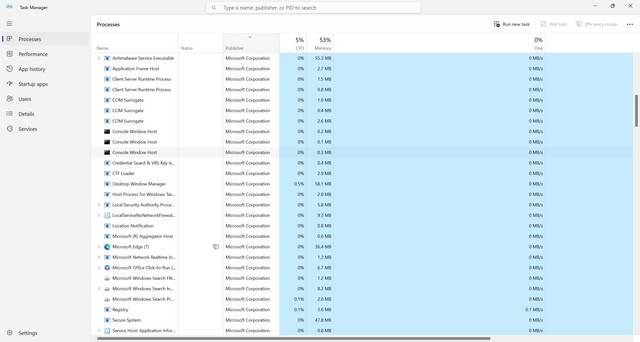Write.exe is a legitimate Windows executable file that is responsible for running the built-in text editor in the Windows operating system. It is a crucial component of the Windows system and is located in the System32 folder. In this article, we will explore what write.exe is, its purpose, and how it functions within the Windows environment.
What is write.exe?
Write.exe is a command-line utility that allows users to create and edit text files directly from the command prompt or the Run dialog box. It provides a simple and efficient way to work with text files without the need for a dedicated text editor. Write.exe is a lightweight application that consumes minimal system resources, making it ideal for quick text editing tasks.
What does write.exe do?
Write.exe offers several features that make it a versatile tool for text editing. Some of its key functionalities include:
- Creating new text files: Users can create new text files by simply typing “write” followed by the desired filename in the command prompt or Run dialog box.
- Editing existing text files: Write.exe allows users to open and modify existing text files. By specifying the filename as an argument, users can open the file in the text editor and make changes as needed.
- Basic text formatting: While not as feature-rich as dedicated text editors, Write.exe supports basic text formatting options such as font selection, text size adjustment, and bold/italic formatting.
- Printing capabilities: Users can print the contents of a text file directly from Write.exe. This feature is particularly useful when working with small text files that need to be printed quickly.
Is Write.exe malware?
While write.exe is a legitimate Windows component, it is worth noting that malware authors may attempt to disguise malicious files with similar names to deceive users. It is crucial to verify the file’s location and digital signature to ensure its authenticity. If you suspect that write.exe or any other system file has been compromised, it is recommended to run a scan with a reputable antivirus software like Malwarebytes Free to detect and remove any potential threats.
Additionally, it is important to keep your operating system and antivirus software up to date to protect against emerging threats. Regularly scanning your system for malware and practicing safe browsing habits can significantly reduce the risk of encountering malicious files.
Common Issues and Troubleshooting
Despite being a core Windows component, write.exe may encounter certain issues that can affect its functionality. Some common issues and their possible solutions include:
- File association problems: If write.exe is not associated with the .txt file extension, you may encounter difficulties opening text files with the default text editor. To resolve this, right-click on a text file, select “Open with,” and choose “Choose another app.” From the list of available applications, select “Notepad” or any other preferred text editor and check the box that says “Always use this app to open .txt files.”
- Corrupted write.exe file: If the write.exe file itself is corrupted or missing, you may experience errors when attempting to use the text editor. In such cases, it is recommended to run a system file checker scan by opening the command prompt as an administrator and typing “sfc /scannow.” This command will scan and repair any corrupted system files, including write.exe.
Conclusion
Write.exe is a vital component of the Windows operating system, providing users with a lightweight and efficient text editor. Its simplicity and ease of use make it a valuable tool for quick text editing tasks. However, it is important to remain vigilant and ensure the authenticity of the write.exe file to mitigate any potential security risks. By following best practices, such as keeping your system and antivirus software up to date, you can safely leverage the functionality of write.exe without compromising your system’s security.
Remember, if you suspect any issues with write.exe or encounter any suspicious files, it is always recommended to run a scan with a reliable antivirus software like Malwarebytes Free to safeguard your system.











